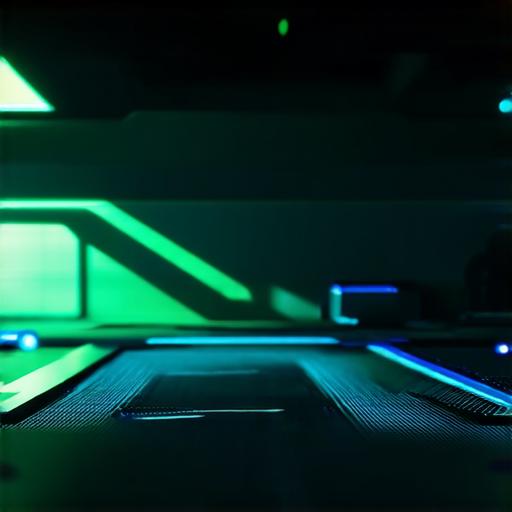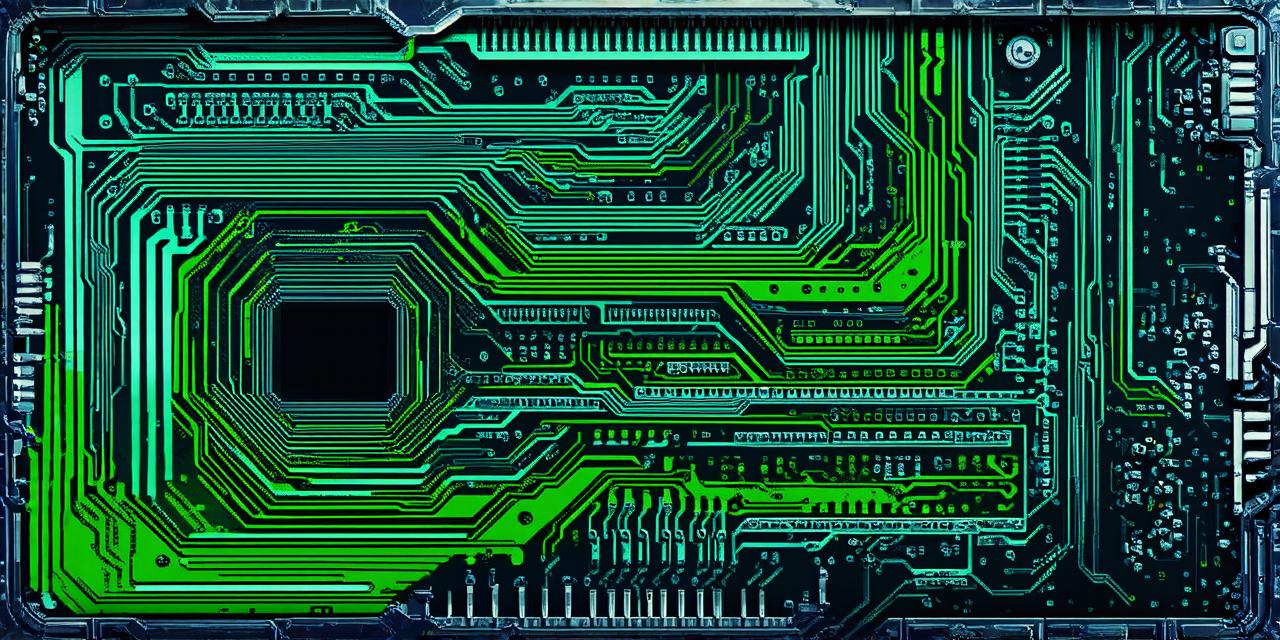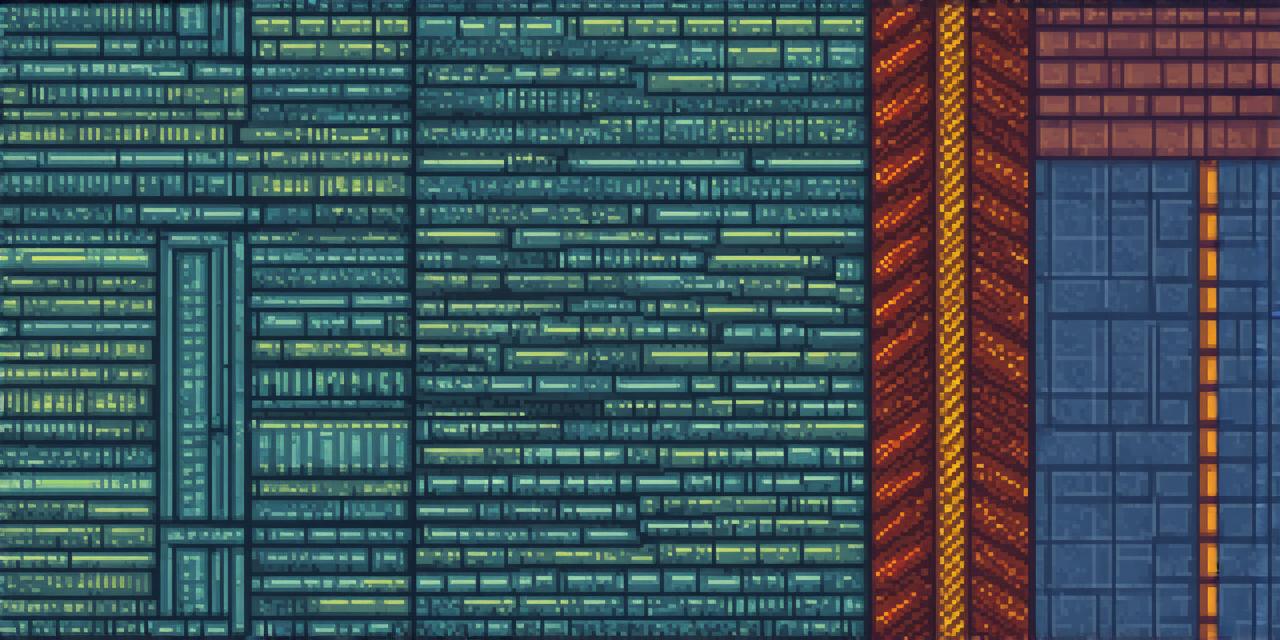
Unreal Engine 5 is a revolutionary game development platform that offers a wide range of features and tools to help game developers create immersive and engaging games.
Getting Started with Unreal Engine 5
Before diving into the world of game development using Unreal Engine 5, it’s important to have a basic understanding of the platform. First, you need to download and install the latest version of Unreal Engine 5 from the official website. Once installed, open the program and create a new project. You will be greeted with a clean and user-friendly interface that allows you to start building your game right away.
In this section, we will discuss some of the key features and tools that make Unreal Engine 5 an excellent choice for game development:
- Blueprints: Blueprints are visual programming tools that allow you to create games without writing a single line of code. With Unreal Engine 5, you can use blueprints to create complex game logic, AI behavior, and user interfaces.
- Scripting: If you prefer to write code, Unreal Engine 5 offers support for C++ and Blueprint scripting languages. With these languages, you can create custom game functionality and integrate third-party plugins.
- Dynamic Lighting: Dynamic lighting is a powerful tool that allows you to create realistic lighting effects in your games. With Unreal Engine 5, you can use dynamic lighting to create stunning visual effects and enhance the immersion of your game world.
- Animation: Unreal Engine 5 offers a wide range of animation tools that allow you to create complex animations for your characters and objects. You can use these tools to create realistic movement and action sequences that bring your game to life.
- Physics: Unreal Engine 5 includes a powerful physics engine that allows you to simulate realistic physics in your games. With this tool, you can create realistic environmental effects and add depth and complexity to your game world.
Creating Your First Game Using Unreal Engine 5
Now that we have discussed some of the key features and tools of Unreal Engine 5 let’s move on to creating your first game using the platform. In this section, we will guide you through the process of creating a simple platformer game using blueprints.
Step 1: Setting up the Environment
The first step in creating your game is to set up the environment. To do this, you need to create a new level and add some basic elements like terrain, buildings, and trees. You can use Unreal Engine 5’s built-in tools to create these elements or import them from external sources.
Step 2: Adding Gameplay Mechanics
Next, you need to add gameplay mechanics to your environment. This includes adding movement controls for the player character, creating enemies, and adding power-ups. To do this, you can use Unreal Engine 5’s blueprint tools to create custom game logic without writing a single line of code.
Step 3: Adding Animation
Animation is an important part of any game, and Unreal Engine 5 offers a wide range of animation tools that allow you to create realistic character movements. To add animation to your game, you can use Unreal Engine 5’s built-in animation tools or import animations from external sources.
Step 4: Adding Sound Effects
Sound effects are essential for creating an immersive and engaging game experience. With Unreal Engine 5, you can add sound effects to your game using the audio system. You can use pre-made sound effects or create your own using a digital audio workstation (DAW) like Ableton Live.
Step 5: Testing and Debugging
Finally, you need to test and debug your game to ensure that it runs smoothly and is free of bugs. Unreal Engine 5 offers a range of tools for testing and debugging your game, including the built-in debugger and profiler. You can also use third-party tools like Valgrind and GDB to debug your code.
Summary
Creating games using Unreal Engine 5 is an exciting and rewarding experience.




